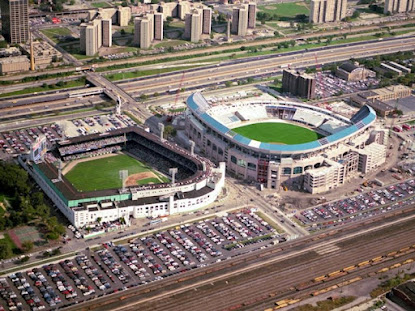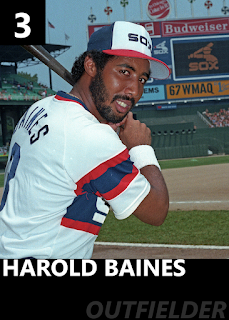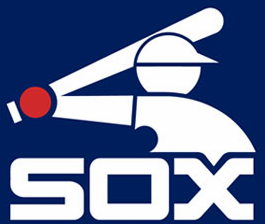The History of the Chicago White Sox - Part 13
The Sox’s trip to the postseason in 1993 did not go very well. Jack McDowell went cold, losing both of his starts against the defending World Series champion Toronto Blue Jays. The rest of the pitching staff didn’t fare much better, allowing 6 or more runs in a game three times. The bats were extremely cold, only hitting .237 as a team. The Sox went down in six. All things considered, it wasn’t the worst. The Sox were still young. They’d have more chances. They took the defending champions to six games in this core’s first taste of postseason baseball. They’ll be back. And when they are, they’ll be more experienced and stronger because of it. Things weren’t good in the early nineties in baseball. Really, they hadn’t been good in a while. All the way back in the Veeck era, we talked about free agency becoming a thing, but only as it related to the White Sox and the “rent-a-player” model of team building. We didn’t talk about what free agency meant for baseb...


